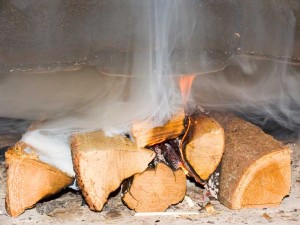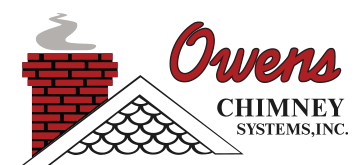Appliances and fireplaces that burn wood may emit large amounts of air pollutants. According to the U.S. Environmental Protection Agency (EPA), the biggest health threat created by wood smoke is the fine, microscopic particles produced. These are small enough to enter our lungs, where they may aggravate chronic lung and heart diseases or create asthma, pneumonia, bronchitis, or another serious respiratory disease.

It is not healthy for anyone to breathe wood smoke, says the EPA, due to the hundreds of chemical compounds it contains. Though the fine particles are approximately 30 times smaller than a single human hair, even limited exposure to this type of smoke can harm humans, particularly the elderly and children. For people suffering from chronic lung and heart disease, fine particles in wood smoke are linked to premature death.
The EPA has established certification requirements governing the production and sale of certain indoor wood-burning appliances. Free-standing indoor fireplace inserts and wood stoves are now subject to these requirements but indoor masonry fireplaces operated for aesthetic reasons are not. EPA regulations do not prohibit consumers from using stoves manufactured prior to 1992, which are not covered by the certification requirements.
To reduce the harmful impact of a wood stove or fireplace, replace an old version with a new, more efficient pellet or wood stove certified by the EPA. An EPA-certified stove has a special hang tag and label. It will burn cleaner, which provides health benefits, reduces the chance of chimney fires, and necessitates less-frequent cleaning.
Alternatively, an existing stove can be equipped with a catalytic combustor similar to that on a car exhaust system. Whether a new or existing wood burning appliance is used, proper operation is important. A smoldering fire gives off more pollution than a small fire that is hotter. Wood should be split and dried for six months or more before being used.
